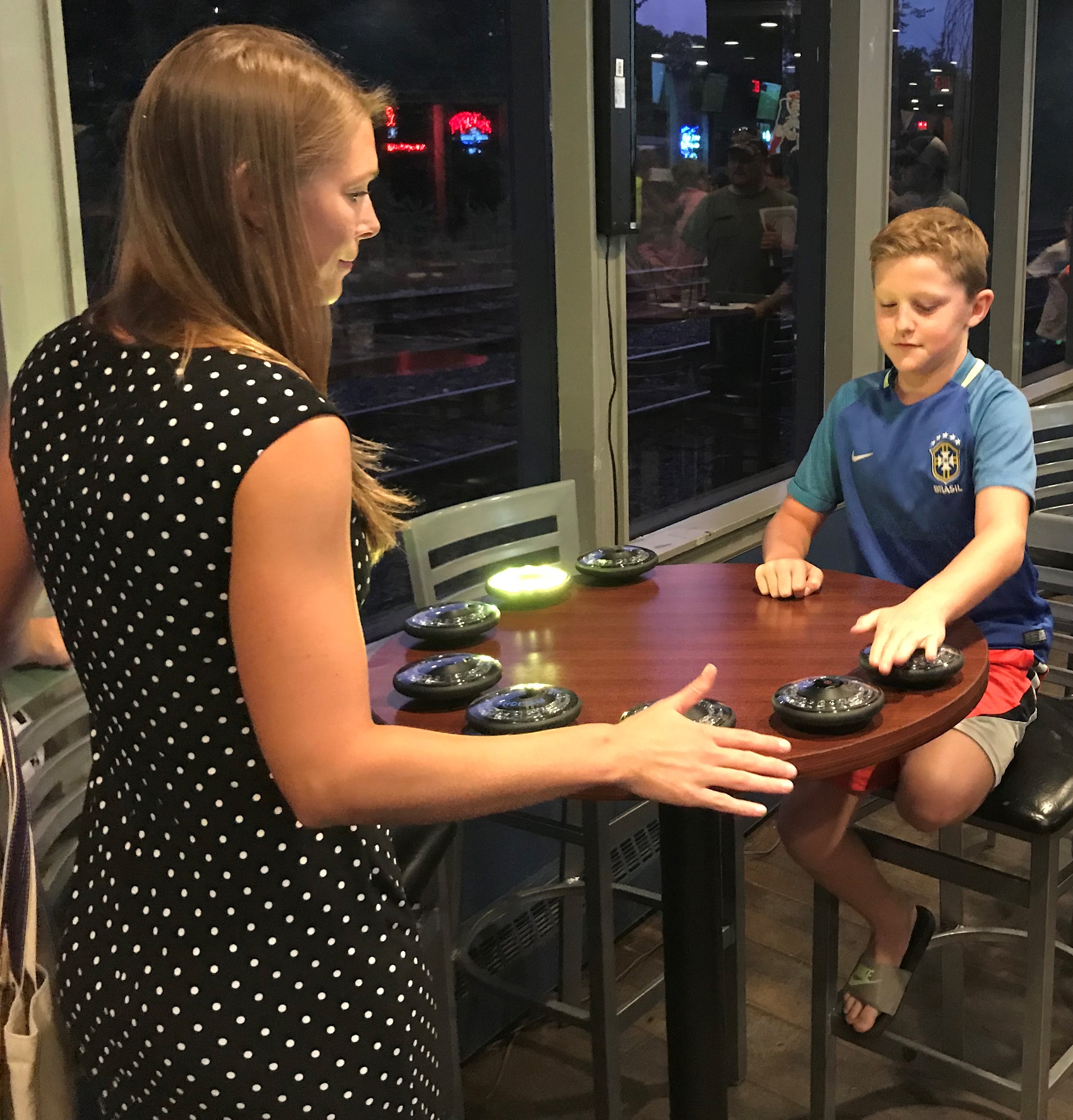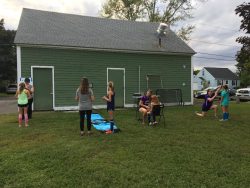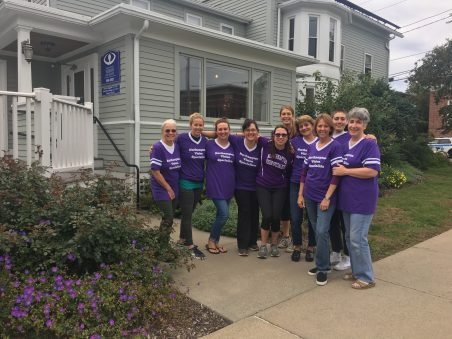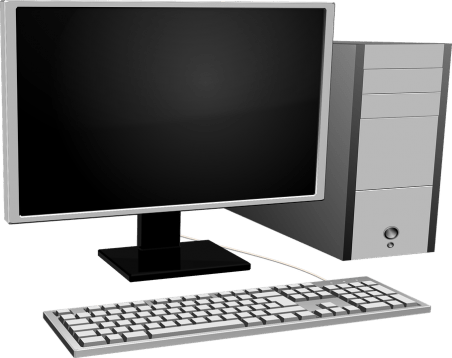Theresa J. Ruggiero O.D., FCOVD
Elizabeth B. Hannigan O.D.
Naomi G. Clay O.D.
86 Masonic Street
Northampton, MA 01060
Directions
- -
- Reset
- +
We hope you and your loved ones are healthy and safe during this extraordinary time as our world faces historic challenges with the COVID-19 (corona virus) pandemic.
Amid the stress and uncertainty, it’s never been more important to stay connected and take care of each other in whatever way we can. To that end, we at Northampton Vision Specialists are determined to continue to provide the best possible vision care.
The office is open on a limited basis. Do not hesitate to call if you have an eye emergency or a visual concern that may need to be seen at the office or remotely. We are here for you.
Since March 24th, we have been providing all Optometric Vision Therapy (VT) via tele-health. Remote VT is going very well and has added a whole new dimension to our relationship with our patients. One thing we love is getting to meet all of your pets! (And having you meet ours)
Vision Therapy is needed more now than ever as so many of our essential activities have shifted to screens. They place so much demand on our visual systems. Please see our news item that shares tips on how to avoid “digital eye strain” and take care of your vision.
There is so much going on “behind the scenes” to sustain this temporary, but essential mode of providing care. The doctors and therapists have daily, early morning “NVS VT Team Zoom Meetings” during which we address patient’s needs and concerns, as well as review new techniques. We also have a staff person available at the office during all VT treatment hours to provide phone support. Other staff are there to prepare and distribute VT equipment packets as they are needed.
We are dedicated to preserving and enhancing the vision of our patients so that they can do the things they want and need to do in the world.
Stay healthy, wash your hands, and keep checking this website for updated information.
The Northampton Vision Specialists Team
To Our Dear Community Members – Both Near and Far,
During this very difficult time of COVID-19 pandemic, many of us are facing a significant increase in screen time to accomplish our essential daily tasks. Therefore, we are providing you with the following recommendations that are designed to minimize the negative effects of increased screen use on your vision.
#1 – 20-20-20 Rule
Every 20 minutes look away from your screen and focus for 20 seconds on something that is at least 20 feet away (e.g. out a window).
Do NOT underestimate the power of this simple task. It is literally like hitting “re-set” for your visual input-output system. Your ability to remain visually and mentally focused on the task will increase significantly. The task will take less effort, and is less likely to cause eyestrain.
After three 20-minute segments (1 hour) get up and walk around. Go get a drink of water, talk to your loved ones, look out the window, daydream . . .
Do not check your phone!
After no more than 3 consecutive hours, you must stop screen use and spend at least 30 minutes doing something completely different. Ideally that would involve moving your body outdoors if possible.
Choosing Your Screen
When selecting your device, try to use the largest screen available at the furthest working distance possible. The smaller the screen, and the closer you hold it, the more likely you are to suffer digital eye strain.
In order of preference use your desk-top, lap-top, tablet and, as a last resort, your smart phone.
Positioning Your Screen
Your screen should be placed so as to minimize glare and reflections as much as possible. Windows and lights should be to the side of you and your screen. They should not be in front or behind.
To test for unwanted glare or reflections, turn off your device and look for any reflections in/on the screen. Even a shiny necklace can be a source of glare and discomfort.
Screen Setting/Brightness
We recommend that your screen be switched to “night shift” or a another blue-light limiting mode whenever possible.
Choose a moderate brightness setting that allows you to see relevant details without effort or strain.
Room Lighting
If possible, when on a screen, room lighting should be roughly half of what would be needed to read a book.
If your task involves both screen and hard copy, try using a task light for the hard copy. The hard copy should be at the same distance from your eyes as the screen, if possible, and the task light should be coming in from the back or the side – not from in front.
The Importance of Moving Your Body
Research has shown that moving your large muscles and looking off in the distance while outdoors is the antidote to excessive screen usage. Walking, running, biking and roller skating are fantastic choices.
If for any reason you can’t get outdoors, move your body indoors. Walking up and down stairs, walking around the house, jumping jacks, jogging in place and dancing are just a few possibilities. The many ways to move your body indoors is limited only by your imagination.
For kids, some possibilities are obstacle courses around the house, hide and seek or a mini trampoline (with high enough ceilings of course)
Balance for Your Eyes, Brain and Body
Finally, eating well, getting enough sleep and exercising regularly fortify and provide the best foundation for your eyes, your brain and your body so that they will remain healthy and symptom free.
It is so very important to take care of ourselves and our loved ones during this time.
Please, don’t hesitate to email or call if you have any questions about digital eye strain or any other visual concerns.
Be healthy and safe and don’t forget to move your bodies,
Dr. Ruggiero, Dr. Hannigan, Dr. Clay
And the entire Northampton Vision Specialists Team
 Dr. Hannigan, Dr. Clay, Dr. Ruggiero and their team from Northampton Vision Specialists are excited to launch sports vision into the practice. On August 30th, the doctors spoke at the Western Mass Athletics soccer meeting for parents and coaches. They talked about how essential and important visual skills are to athletic performance, and how they can evaluate and train these skills! Eye tracking, teaming, focusing, visual motor integration and visual processing are all vital to excelling at any sport. The doctors got to demonstrate exciting new technology and the players and their parents had a blast trying out the gadgets and devices.
Dr. Hannigan, Dr. Clay, Dr. Ruggiero and their team from Northampton Vision Specialists are excited to launch sports vision into the practice. On August 30th, the doctors spoke at the Western Mass Athletics soccer meeting for parents and coaches. They talked about how essential and important visual skills are to athletic performance, and how they can evaluate and train these skills! Eye tracking, teaming, focusing, visual motor integration and visual processing are all vital to excelling at any sport. The doctors got to demonstrate exciting new technology and the players and their parents had a blast trying out the gadgets and devices.
 On September 19th, Dr. Clay, Dr. Hannigan and two technicians joined the U12 girl’s soccer team on the field and evaluated each player’s sports vision skills. The players rotated through four stations to assess their depth perception, visual processing, eye tracking, binocular vision, and much more. The players and the testers all had a great time.
On September 19th, Dr. Clay, Dr. Hannigan and two technicians joined the U12 girl’s soccer team on the field and evaluated each player’s sports vision skills. The players rotated through four stations to assess their depth perception, visual processing, eye tracking, binocular vision, and much more. The players and the testers all had a great time.
After the data is scored, each player will receive a personalized assessment outlining their particular visual strengths and areas of improvement. The doctors and group from Northampton Vision Specialists will then get to return to the U12 girl’s team for four weeks in October where visual skills will be trained and enhanced, after which another assessment will reveal how much improvement each player has made! Taking your vision to the next level means taking your sport performance to the next level, and Dr. Clay and Dr. Hannigan can’t wait to work more with athletes and teams.

